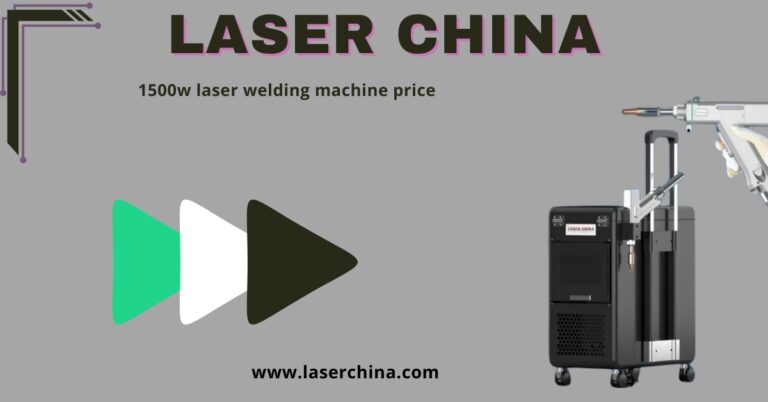Laser beam welding (LBW) is a highly advanced and efficient welding process that utilizes a concentrated laser beam to fuse materials. It has become increasingly popular in industries such as automotive, aerospace, medical device manufacturing, and electronics due to its precision, speed, and ability to handle complex welding tasks. But what makes laser beam welding superior to traditional welding methods?
1. High Precision and Accuracy
One of the biggest advantages of laser beam welding is its precision. The laser beam can be controlled with extreme accuracy, allowing for precise welds on small, intricate components. This makes LBW particularly useful in industries where high precision is required, such as medical device manufacturing and microelectronics.
2. Minimal Heat Affected Zone (HAZ)
Traditional welding methods generate a significant amount of heat, which can distort the material and weaken the welded joint. LBW, on the other hand, produces a very small heat-affected zone. This reduces the risk of warping, cracking, and residual stress, making it ideal for working with heat-sensitive materials.
3. High Welding Speed
Laser welding operates at high speeds, making it much faster than conventional welding techniques. This efficiency allows manufacturers to complete large-scale production runs in a shorter time, reducing overall production costs and increasing productivity.
4. Capability to Weld a Wide Range of Materials
Laser beam welding can be used to join a variety of materials, including stainless steel, titanium, aluminum, and even dissimilar metals. This versatility makes it a preferred choice in industries requiring strong, high-quality joints for different material combinations.
5. Non-Contact Process
Unlike traditional welding methods that require direct contact with the material, LBW is a non-contact process. The laser beam is directed at the material from a distance, reducing the risk of contamination and wear on welding tools. This makes the process cleaner and more reliable.
6. Automation and Integration with Robotics
Laser welding can be easily integrated into automated production lines and robotic systems. This is especially beneficial for high-volume manufacturing industries, such as automotive production, where precision and repeatability are crucial. Automated laser welding systems can ensure consistent quality while reducing labor costs.
7. Deep Penetration Welding
Laser beams can achieve deep penetration welding, which is essential for creating strong and durable joints in thick materials. This capability allows for single-pass welding, reducing the need for multiple passes and saving time.
8. Reduced Post-Weld Processing
Due to its precision and minimal spatter, laser welding typically requires little to no post-weld finishing, such as grinding or polishing. This reduces production time and costs while maintaining high-quality results.
Conclusion
Laser beam welding offers numerous advantages over traditional welding techniques, including higher precision, faster processing speeds, and the ability to weld a wide range of materials. Its non-contact nature, minimal heat impact, and compatibility with automation make it a key technology in modern manufacturing. As industries continue to push for efficiency, precision, and cost-effectiveness, laser welding is expected to play an even greater role in the future of industrial production.



